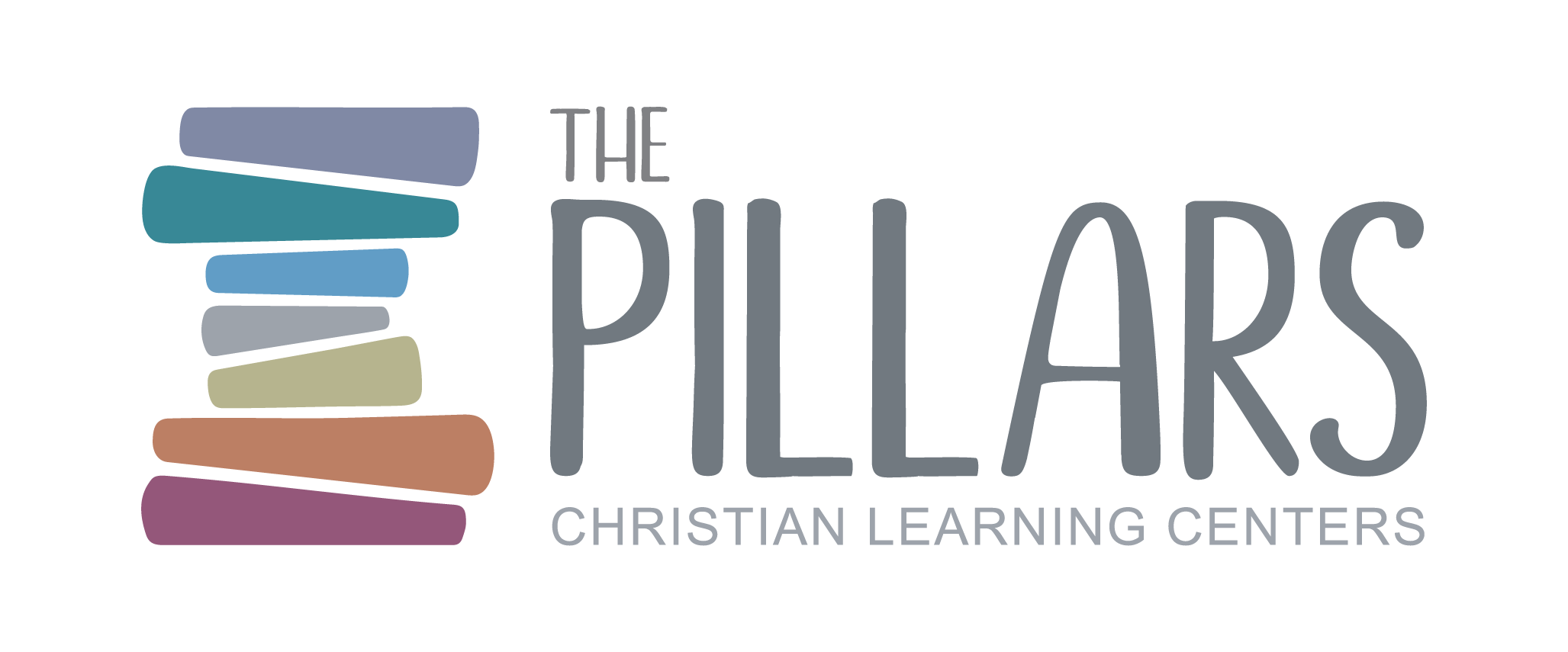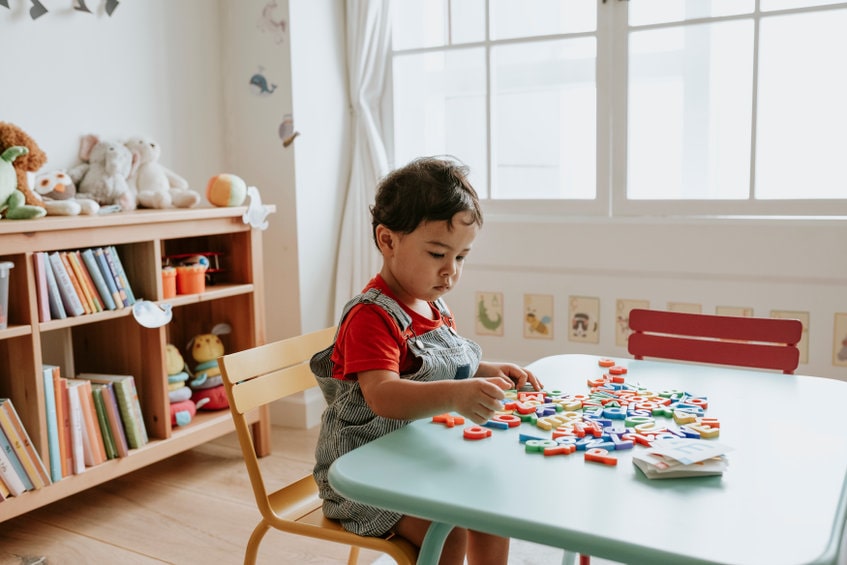There’s no doubt that learning the alphabet is a key milestone in a child’s development. The alphabet is one of the most essential building blocks for learning and is a necessary foundation upon which reading and writing skills are built. Like most parents, you want to provide your child with the best opportunities for success. One way to help give your child a head start is to teach them the alphabet.
While there are many different ways to teach the alphabet, these eight simple strategies can help your child quickly learn and remember the letters of the alphabet.
Use everyday items to create an alphabet chart
One way to help your child learn the alphabet at home is to create an alphabet chart using everyday items around your house. Look for items that begin with each letter of the alphabet and attach them to a piece of poster board or construction paper. As you add each item to the chart, say the name of the object and its corresponding letter out loud.
For example, you could use apple to represent the letter A in your chart. Then use a ball to represent the letter B and so on.
Play letter sounds games
There are tons of fun and interactive games that can help children learn letter sounds. Try playing I Spy, Alphabet Scavenger Hunt, or the Word Scramble game to help your child learn letter sounds and begin correctly putting letters together to form words.
Introduce new letters on a regular basis
While it’s important to start teaching the alphabet right away, you don’t need to cover all of the letters at once. Instead, introduce a new letter each week or every other week until you’ve covered the entire alphabet.
For example, you could start by focusing on letters A, B, and C for the first week or so. Then move on to D, E, and F for the next few weeks, making sure they already memorize these letters before moving on to the next set.
Use songs and rhymes
There are many fun and interactive ways to teach your child the alphabet that don’t even involve any writing! One of these is to use songs or rhymes to help them remember each letter.
For example, you could sing the ABC song together while pointing out each letter as it’s sung in the song or recite a simple alphabet rhyme such as “A was an apple pie” when teaching the letter A.
Encourage them to write their own letters
The more your child writes, the better they will become at recalling each letter of the alphabet. Encourage them to try writing different letters on their own and praise them for every attempt, no matter how messy it may be.
Use toys to help reinforce letter sounds
When teaching your child the alphabet, use fun and interactive toys that can help reinforce letter-sound relationships. For example, you could give them a toy cell phone with buttons that spell out each letter or play an alphabet-related board game together.
Introduce handwriting early on
One way to make learning the alphabet easier is to introduce handwriting right away – even if your child hasn’t yet mastered the skill of writing.
You can start by teaching your child how to make simple letter shapes such as circles, lines, and curves. As they become more comfortable with making these shapes, encourage them to start tracing letters on their own.
Reward their efforts
Children are more likely to retain information if rewarded for their efforts. When your child correctly identifies a letter or demonstrates an understanding of its sound, be sure to praise them and give them a small reward such as a sticker or a piece of candy. It doesn’t have to be anything grand. What matters is that it shows that you’re proud of their accomplishments.
Incorporating these eight simple strategies into your child’s learning routine can help your little one quickly and easily master the alphabet and begin forming words independently. Whether at home or in the classroom, these techniques are sure to help your child learn and remember the letters of the alphabet.
At The Pillars Christian Learning Center, we utilize a research-based program that nurtures the whole child in all areas of development: social-emotional, physical, language and cognitive. Each day, the children sing songs, create art, investigate STEM projects, play math and literacy games, read books and build friendships. Find out why we’re the best center for your little one by visiting us!

